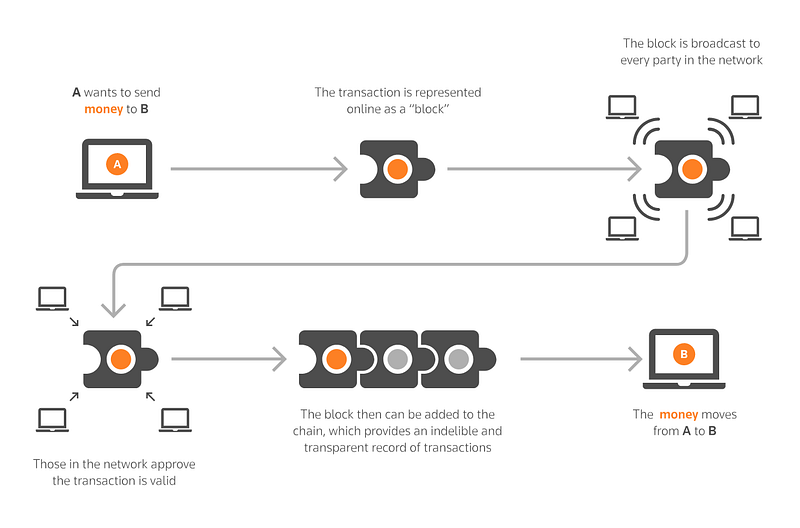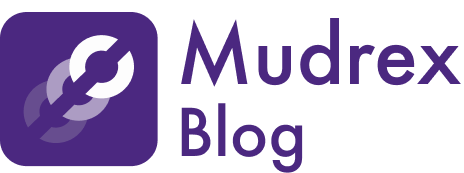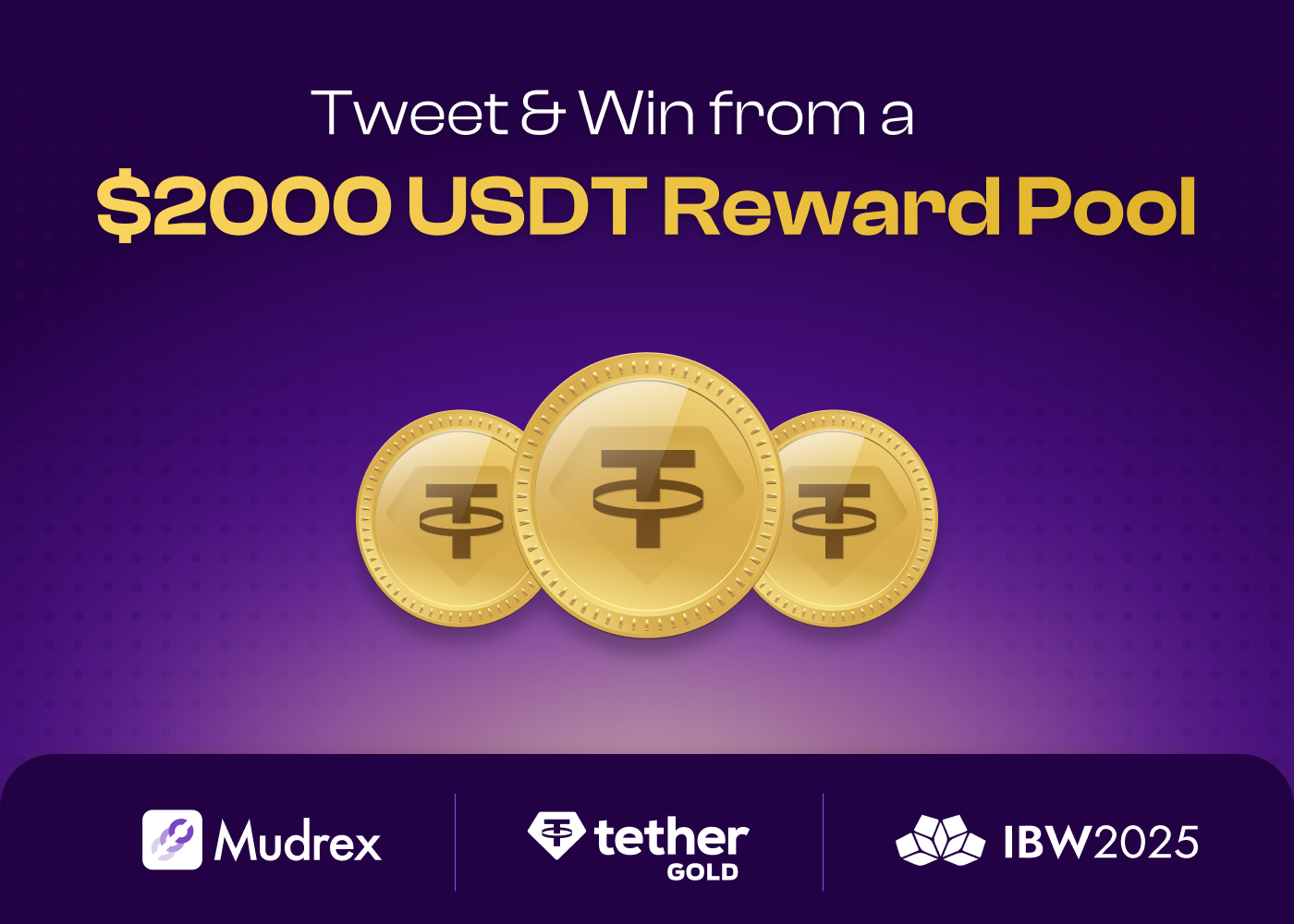What is a ‘block’?
Simply put, a block in a blockchain is a log of new transactions. The information in the transaction could mean the amount of cryptocurrency, or medical data, or even voting records. Each block can contain a finite set of transactions.
What is a blockchain?
A blockchain is a series of such blocks. Each block typically has a reference to the previous block as a result of which all blocks are ‘chained’ to each other. This sequentiality of blockchain gives it a very important property of immutability.
Immutability implies that once a block is added and linked to the chain, the block can’t be removed or edited. since any of these operations will lead to the creation of a different chain than the one that is existed before.

Who adds a block to the blockchain?
Based on the type of network, blocks are added to the chain by ‘miners’, ‘anchors’ or ‘validators’. These entities gain the right to add a block to the chain typically by solving a very hard puzzle. Because of the effort required in solving the puzzle, it becomes difficult to edit or modify a block once created.
Ok, so what? Why is it important?
Since data added to a blockchain is irreversible and the ‘right’ to add data does not belong to a central entity, you now do not need to trust a ‘central’ entity that your data will be accessed or edited without your permission. This makes Blockchain an ideal candidate for a store of data where central entities exist just to bring trust into the system. Banks, Airbnb, Uber, Visa, are all central entities that exist only to solve this problem of trust.
Each of these can be replaced by a blockchain-based ‘trustless’ economy, where you now no longer need to trust these entities as a result of which your data will remain secure and tamperproof.
Where is blockchain being used?
Because blockchain fundamentally replaces entities you need to trust to make sure everything is alright, there are multiple use cases where it can be used like
1. A digital identity service
2. A currency
3. A storage of data
4. To distribute computing power
5. To manage digital rights
6. To store medical records
7. For reconciliation.. of anything
8. As a bank
9. As a token of stake in a company
Find out more about algo trading, investment strategies and generating consistent returns in the Mudrex Blog.
Links
A few quick references below:
- Register on Mudrex now and get credits worth $25 absolutely free: https://bit.ly/30zXPbI
Happy Trading!



